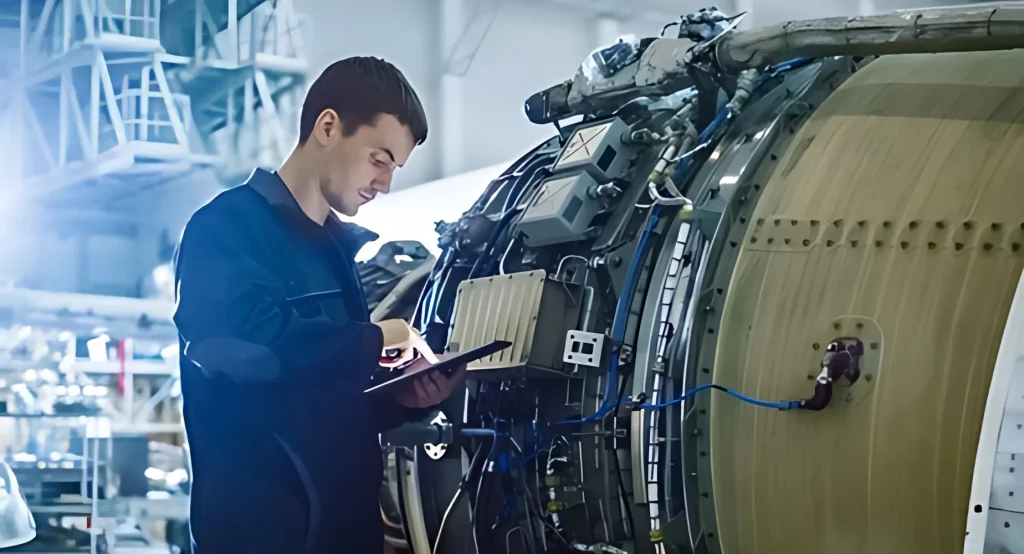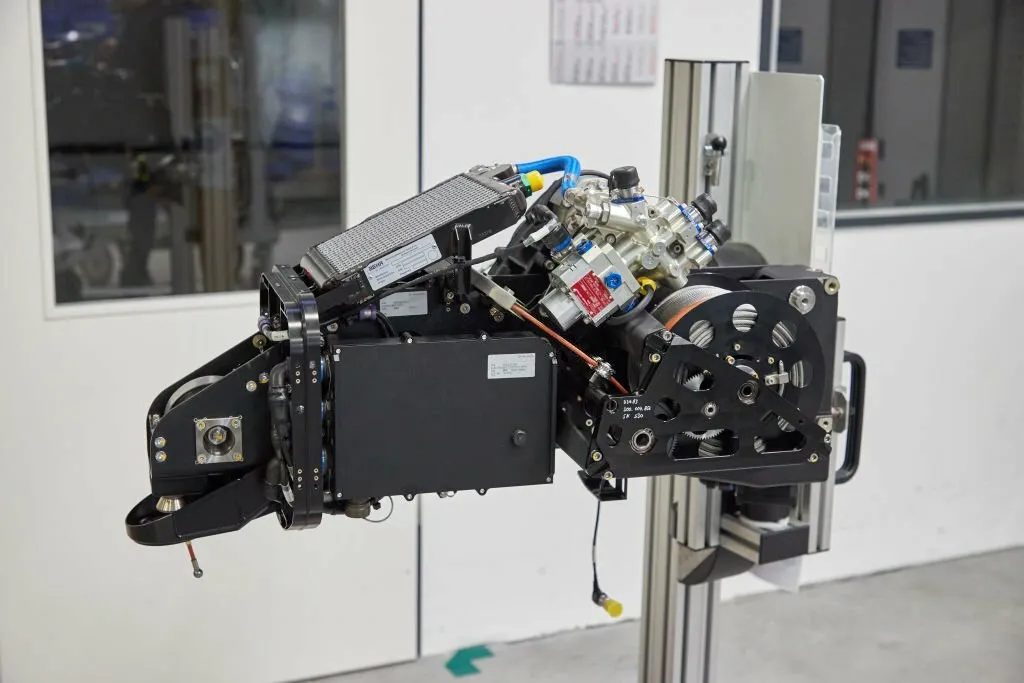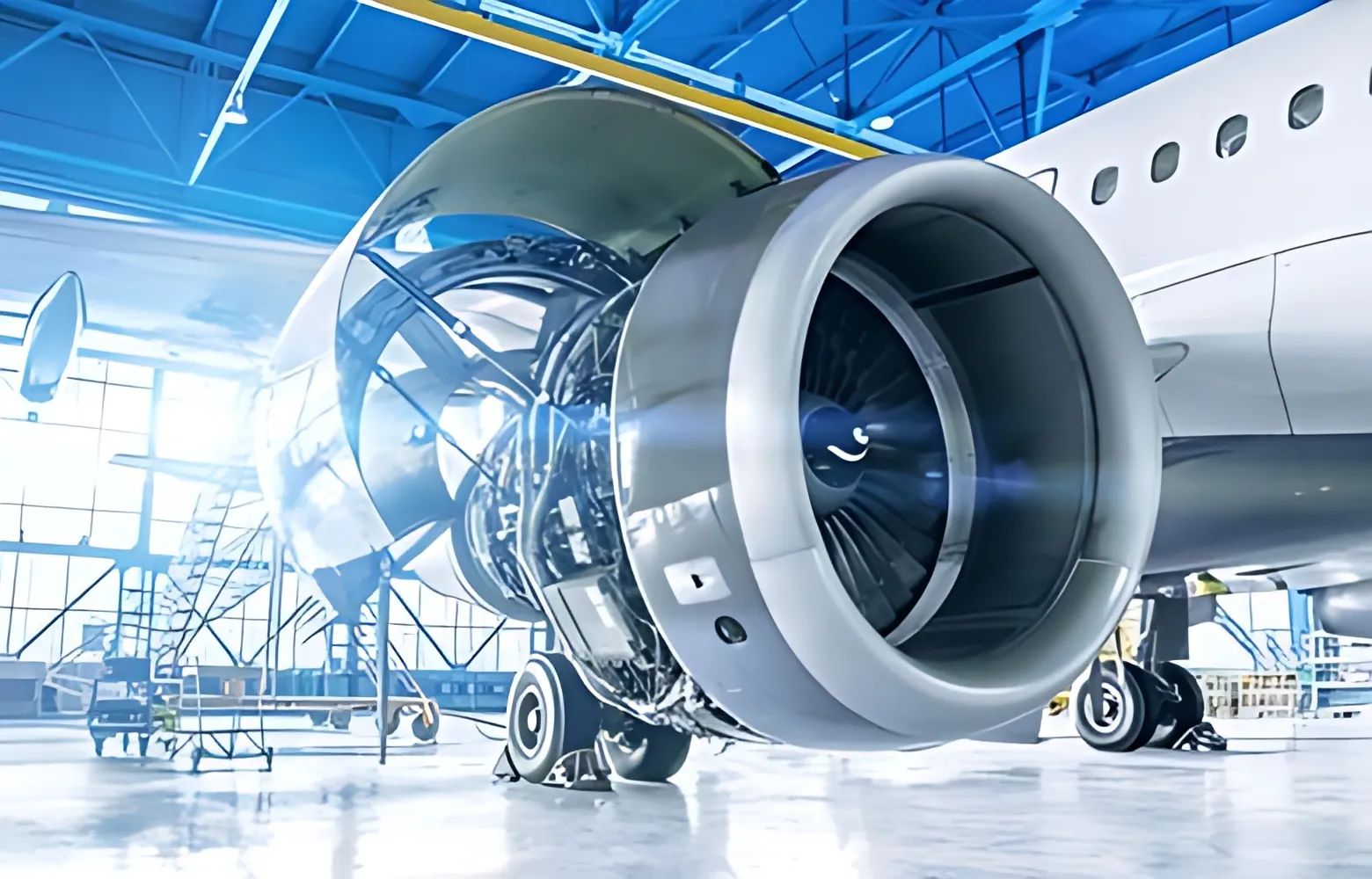The awe-inspiring world of aviation is a testament to human innovation and engineering prowess. It’s easy to miss the complex systems and technology that enable these feats as you marvel at the sleek lines of modern airplanes soaring through the skies. One such powerhouse behind today’s aviation’s smooth functioning is the often-underappreciated engineering marvel – aircraft hydraulic power. This article will unravel the critical role played by hydraulic power in the aviation industry, exploring its various applications and the colossal impact it has on the performance and safety of
The Heart of the Matter: Understanding Aircraft Hydraulic Power
Every aviation giant’s core is the intricate network of hydraulic systems that power its various functions. The term ‘hydraulic’ refers to the use of fluids, usually oil, to transmit power. In aviation, hydraulic power is the driving force behind many crucial functions, ranging from the movement of landing gear to the operation of flight control surfaces. This unassuming yet powerful system ensures that pilots can precisely maneuver and control the aircraft.

The Power Play: How Hydraulic Systems Work
Understanding the mechanics of aircraft hydraulic power is like unraveling the secrets of a magician’s tricks. When a pilot manipulates the controls in the cockpit, intricate hydraulic circuits transmit these commands to various aircraft components. These systems leverage Pascal’s law, which states that a change in pressure applied to an enclosed fluid is transmitted undiminished to all portions of the fluid and the walls of its container. This technique enables the quick and accurate movement of various aircraft parts, such as the extension of the landing gear and the modification of the control surfaces.
Lifting the Load: Landing Gear Deployment and Retraction
Think about the scene when an airplane gently lands on the runway or lifts off into the sky. The hydraulic power system precisely controls the landing gear’s deployment and retraction. The landing gear seamlessly switches between its tucked position during flight and its robust stance for takeoff and landing thanks to hydraulic actuators that are propelled by fluid pressure.
Beyond the mere deployment and retraction lies the dance of precision. Pilots can accurately adjust the angle and position of the landing gear thanks to the hydraulic system, resulting in a smooth and safe touchdown on the runway.
Wings of Precision: Hydraulic Systems in Flight Control
Flight control surfaces direct the aircraft’s passage in the air, while landing gear regulates its contact with the ground. These surfaces, from the elevators that control pitch to the ailerons that regulate roll, are brought to life by the intelligent use of hydraulic power. The complex interaction of hydraulic actuators enables the fine changes needed to keep an airplane in control and on track.
In the air, stability is everything. By ensuring that the pilot’s directions are converted into exact motions of the aircraft’s control surfaces, hydraulic systems help to create the symphony of stability. Passengers get a smooth and comfortable flight as a result, which also increases flight safety.

Under Pressure: Braking Systems and Hydraulic Power
After landing, the aircraft hurtles down the runway, making it crucial to descend quickly and safely. Enter the hydraulic braking system, a crucial component of the aircraft’s overall hydraulic architecture. The brakes are activated by harnessing hydraulic pressure, which offers the required stopping force and guarantees a safe and controlled landing. This intricate process showcases the precision of hydraulic control, allowing for nuanced adjustments that guarantee passenger comfort and operational reliability in diverse landing scenarios.
The Hidden Workhorse: Hydraulic Power in Cargo Handling
Beyond the cockpit and the wings, hydraulic power is the unseen force behind the efficient handling of cargo. From the opening and closing of cargo doors to the precise movement of cargo loaders, hydraulic systems contribute to the seamless loading and unloading of goods. This ensures that the aircraft’s belly is not just a storage space but a well-organized hub, where hydraulic precision plays a pivotal role in maintaining the integrity of the transported cargo.
Final Thought: Aviation
Aviation giants owe much of their grace and functionality to the powerhouse, that is, the aircraft hydraulic power system. From the ground to the skies, these systems silently and efficiently contribute to the marvel that is modern air travel. Let’s not forget the hydraulic muscles that raise these titans, making the dream of flying a reality while you continue to push the limits of aviation.

Jasper Bruxner is a passionate and versatile blogger with a keen eye for trends and a knack for crafting engaging content. As the founder of WendyWaldman.com, he has established himself as a trusted resource in a diverse range of niches, including food, tech, health, travel, business, lifestyle, and news. He tends to share the latest tech news, trends, and updates with the community built around Wendywaldman. His expertise and engaging writing style have attracted a loyal following, making him a respected voice in the online community.




